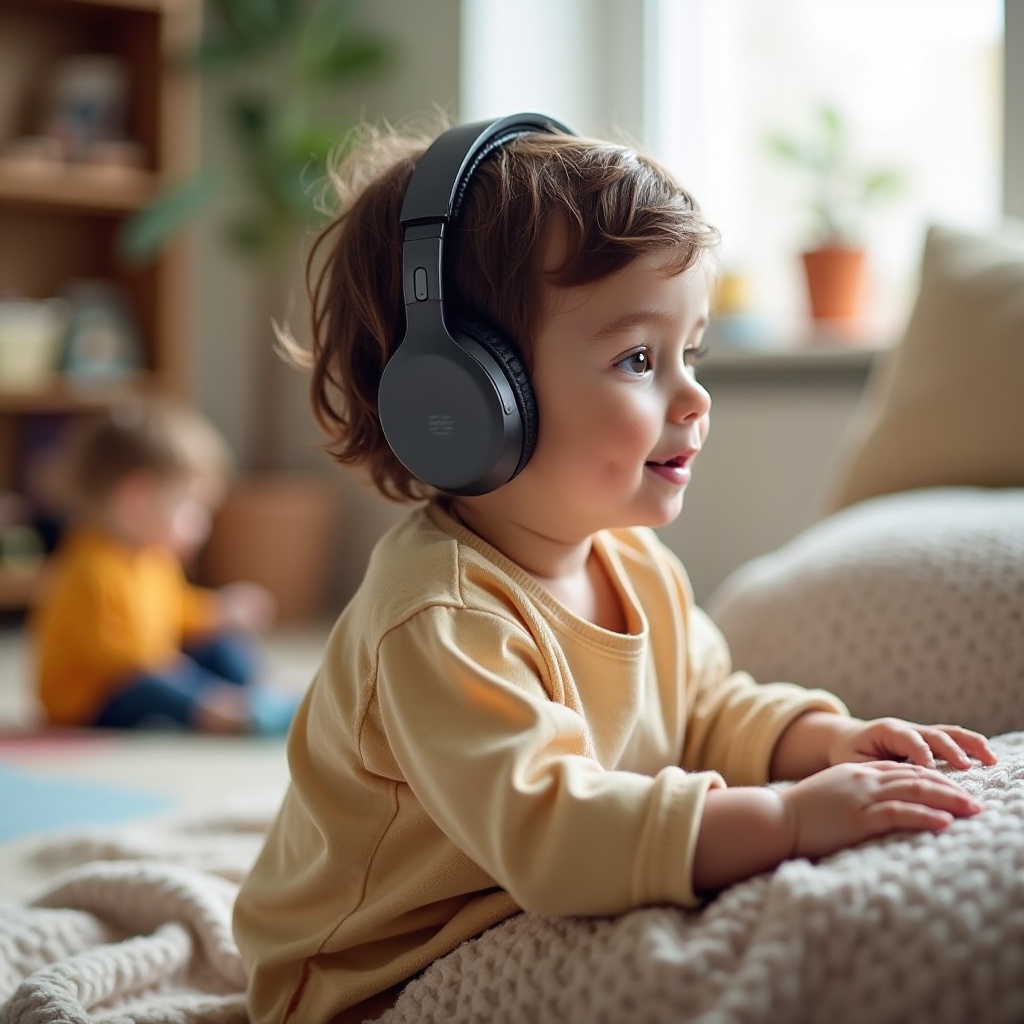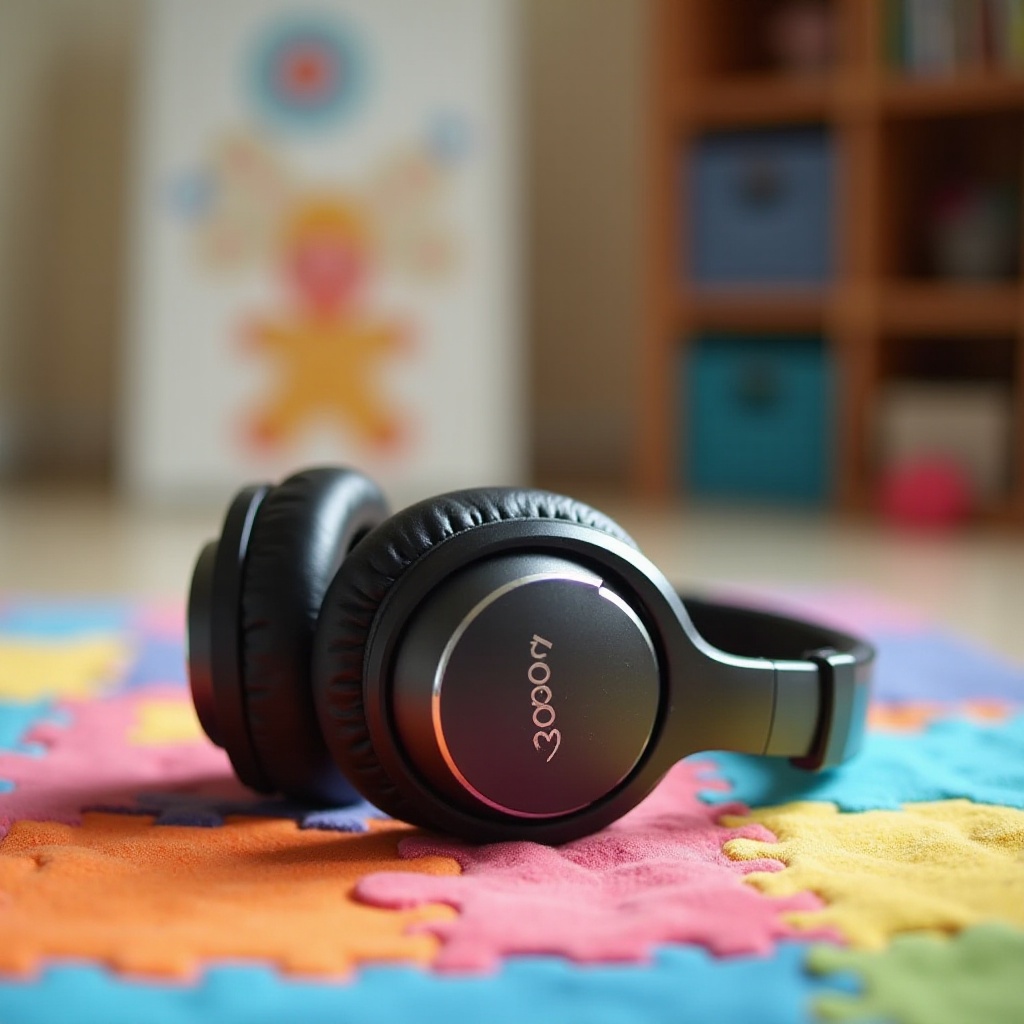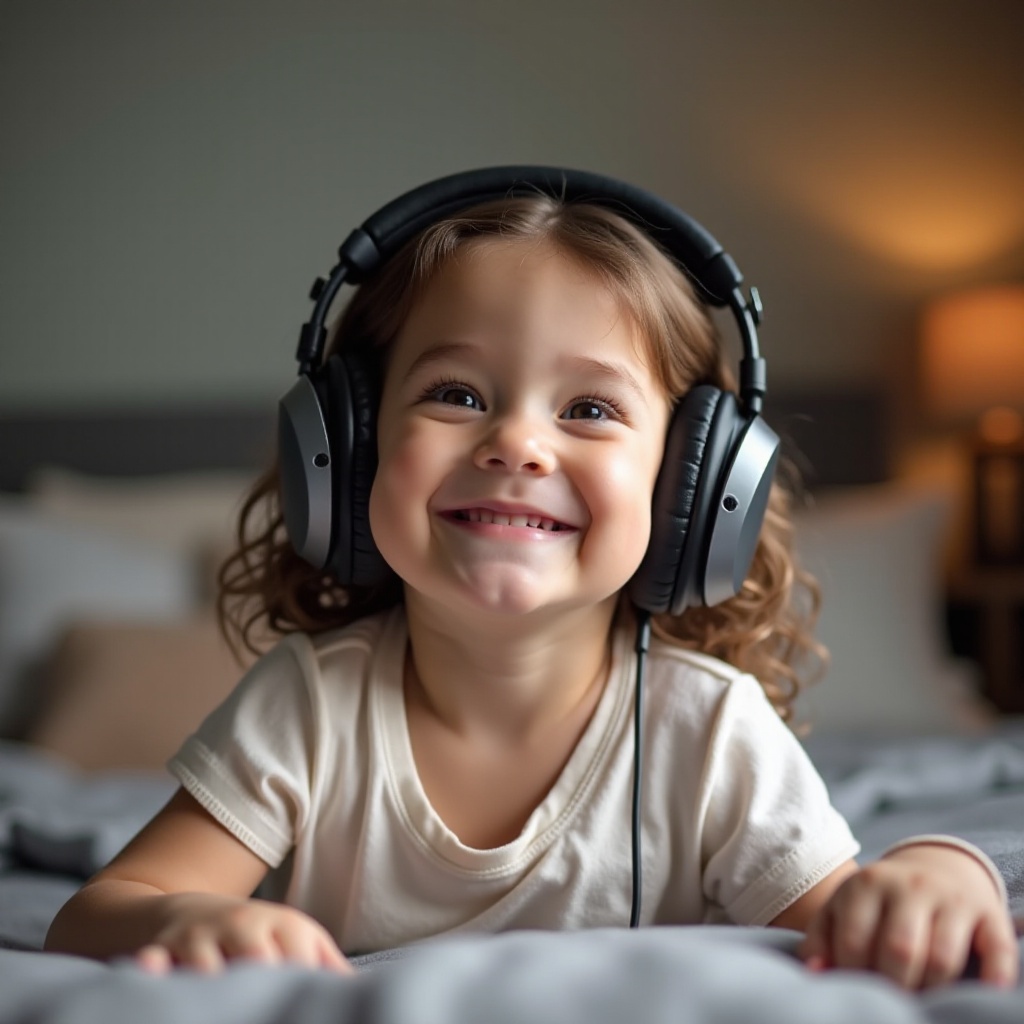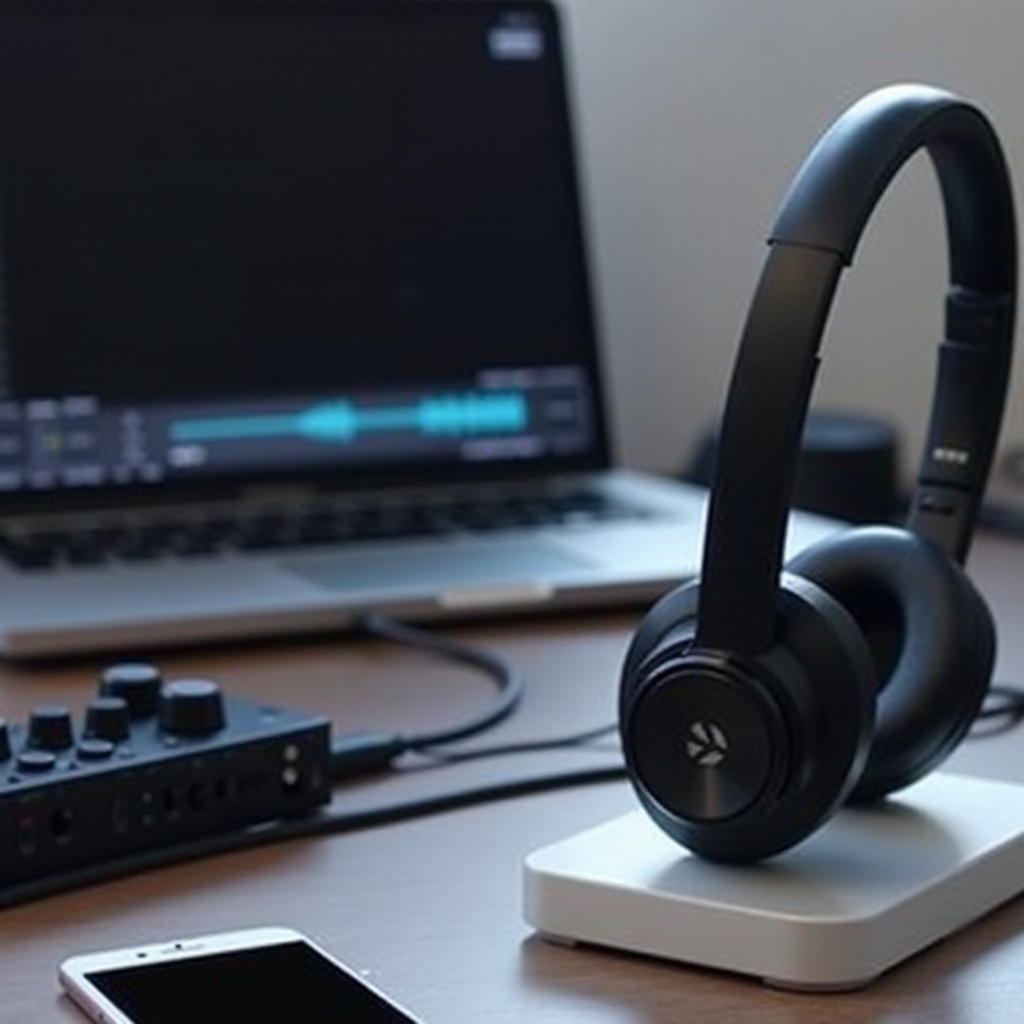Introduction
Choosing the right headphones for kids with autism can significantly enhance their daily experiences. While just a simple accessory for many, these devices can be essential tools for children with sensory sensitivities. Whether in a noisy school environment or during after-school activities, the right set of headphones can help your child manage overwhelming sounds and maintain their focus. This guide will explore why selecting appropriate headphones is essential, highlight key features to consider, and recommend some of the best models available.

Why Choosing the Right Headphones Matters for Kids with Autism
Children with autism often experience heightened sensory sensitivities, which can make certain sounds unbearable or distracting. Therefore, the importance of selecting the right headphones cannot be overstated.
Headphones can serve as a barrier, helping reduce external noise that may cause discomfort or anxiety. They can aid in providing a calming environment, allowing children to focus better whether at school or home. By controlling the auditory environment, children can enjoy activities such as listening to music or audiobooks without being overwhelmed.
Ultimately, the right headphones contribute to creating a more inclusive and supportive environment for your child, aiding their overall development and well-being.
Key Features to Look for in Headphones for Kids with Autism
When selecting headphones, there are several important features to consider to ensure your child’s comfort and safety.
Comfort and Fit
Headphones should be comfortable enough for prolonged use without causing physical discomfort. Look for models with adjustable headbands and cushioned ear pads to fit snugly on your child’s head without causing irritation.
Volume Control and Audio Safety
Volume control is crucial to protect your child’s hearing. Look for headphones with built-in volume limiting features to ensure the audio does not exceed safe levels. This can prevent accidental exposure to loud sounds that could be harmful.
Durability
Children’s headphones need to be durable, capable of withstanding drops, tugs, and twists. Look for sturdy construction and materials that can endure daily wear and tear, ensuring a longer lifespan for the device.
Noise-Canceling Capabilities
Noise-canceling headphones can be particularly beneficial for children with autism, helping to block out disruptive background noise. This feature can create a more focused and serene listening environment, essential for activities requiring concentration.
Top Recommended Headphones for Kids with Autism
Now that we understand the essential features, let’s explore some top recommended models that excel in meeting these criteria.
Over-Ear Models
- Puro Sound Labs BT2200s: Known for their superior noise isolation and sound quality, these headphones also have volume limiting features, ensuring a safe listening experience.
- BuddyPhones Explore+: With adjustable headbands and hypoallergenic ear cushions, these headphones offer comfort and safety, with a maximum volume cap of 85dB.
On-Ear Models
- LilGadgets Connect+ Pro: Designed for durability and comfort, these headphones include volume limiting features and are perfect for younger children with smaller head sizes.
- JLab Audio JBuddies Studio: These are lightweight, foldable, and come with volume control, making them convenient for travel and everyday use.
In-Ear Models
- Panasonic ErgoFit: These earbuds offer good sound quality and come with different sizes of in-ear tips to ensure a comfortable fit.
- LilGadgets BestBuds: Featuring comfortable silicon tips and volume limiting, these earbuds are designed to be both kid-safe and easy for extended use.

Tips for Introducing Headphones to Your Child
Successfully introducing headphones to your child can make a significant difference in their daily routine.
Gradual Introduction
Introduce the headphones slowly. Start with short sessions to allow your child to get accustomed to the feel and functionality gradually. Their initial experience should be positive to avoid any aversion.
Establishing a Routine
Once your child is comfortable with the headphones, integrate them into their daily routine. Whether it’s used during homework time or while listening to calming music before bed, creating a structured schedule can help them adapt more effectively.
Monitoring and Adjusting Usage
Regularly monitor your child’s use and make adjustments as necessary. Ensure the volume remains at a safe level and check for any signs of discomfort. Be prepared to switch models if the current set doesn’t seem to suit their needs perfectly.

Conclusion
Choosing the right headphones for kids with autism involves understanding their unique sensory needs. The right pair can make a world of difference in providing comfort, aiding concentration, and ensuring a safe auditory experience. By considering key features like comfort, volume control, durability, and noise-canceling abilities, you can find a suitable match for your child.
Frequently Asked Questions
What kind of headphones are best for kids with sensory sensitivities?
Headphones with noise-canceling features, comfortable fit, and built-in volume limiting are ideal for kids with sensory sensitivities.
How can I ensure my child uses headphones safely?
Ensure the headphones have volume limiting features and monitor usage to prevent prolonged exposure at high volumes.
Are wireless headphones a good option for kids with autism?
Yes, wireless headphones can be convenient by eliminating cords, but ensure they have safety features like volume limits and a comfortable fit.


